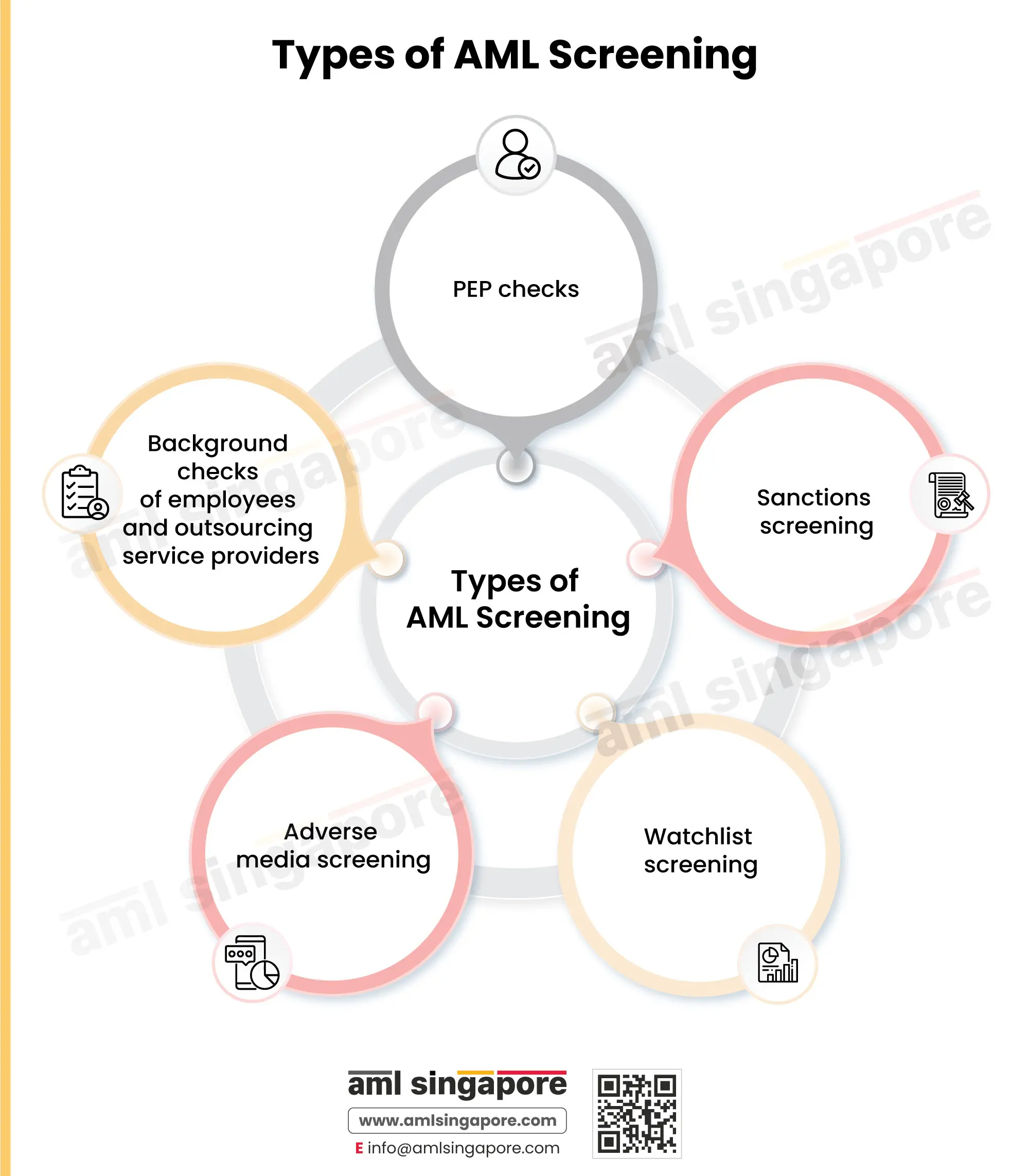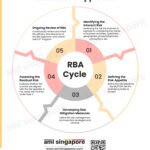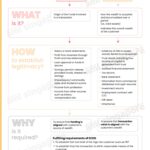The ABC of AML screening: 8 common mistakes you can’t afford to make
The ABC of AML screening: 8 common mistakes you can’t afford to make
AML screening helps assess the risks of an existing or potential customer for your business. These risks include money laundering, terrorism financing, and similar financial crimes. Screening allows you to check and verify their identities against several lists. Let’s explore the ABC of AML Screening and learn about the common mistakes that businesses make while screening a person or an entity.
The screening helps match your customers against the lists of:
- Terrorists
- Sanctions
- Politically Exposed Persons (PEPs)
- Banned or wanted
- Adverse media
These checks are necessary to see if your customers are on any lists. If they do, you do not transact with terrorists, sanctioned, or banned customers. You conduct Enhanced Customer Due Diligence (ECDD) for politically exposed persons (PEPs) and customers with negative media references before forming a business relationship. If they don’t appear on the above lists, you can be sure of their identities and proceed with the transaction.
AML screening of employees is also essential for entities. You must check their backgrounds to verify their involvement in money laundering activities. These checks help you prevent the threats of financial crimes.
Let’s dive into the world of AML screening to understand:
- Types of AML screening
- Benefits of AML screening
- Process of AML screening
- When is AML screening necessary?
- Mistakes to avoid while performing AML screening
Types of AML screening
The different types of AML screening include:
PEP checks
PEP means politically exposed persons. These can be government officials or members of a political party. Because of their job and position, they have higher opportunities to engage in bribery, corruption, money laundering, or other financial crimes. These can also include high-position officials in other public sectors.
By PEP screening, you can prevent the occurrence of these crimes. You can screen your clients against this PEP list. If matches are found, you perform Enhanced Customer Due Diligence and obtain senior management approval before entering into a transaction.
Sanctions screening
Sanctions are the lists of restrictions countries or international organizations impose on individuals, entities, activities, countries, or regions. These restrictions exist to avert threats to security, peace, or humanity. Restrictions can include:
- Trading not allowed
- No access to financial systems
- Penalties
Family members or business associates might also feature in the sanctions list because of their association with a sanctioned individual or entity. By sanction screening, you can identify such customers and avoid onboarding them.
Watchlist screening
Watchlists are databases of known criminals or suspected persons. These can be individuals involved in:
- Terrorist activities
- Illegal arms, human, or drug trafficking
- Corruption
- Money laundering
- Proliferation of weapons of mass destruction
Governments, regulatory bodies, international organizations, and law enforcement agencies create such lists. You scan your clients against these lists to see if their names feature in any of them. If yes, you can stop transacting with them or don’t enter into a business relationship with them.
Adverse media screening
It includes checking your existing and potential clients’ names in adverse media. You can check the news, media databases, and social media posts for this. Databases of legal filings and public records are also good sources to search for adverse media.
Any negative news about them in the past can be a tip for you on their involvement in illegal activities. You must search the individual’s name and related keywords on these databases for negative mentions. Nowadays, companies use artificial intelligence (AI), natural language processing (NLP), and other advanced technologies to screen adverse media.
You can perform Enhanced Customer Due Diligence for such customers and submit a Suspicious Transaction Report if you suspect ML/TF.
Background checks of employees and outsourcing service providers
These are not the usual checks of customers. These pertain to screening your employees and outsourcing service providers. You must conduct background checks whenever you onboard a new employee or outsource a task to a third party.
Any kind of association of employees or outsourcing vendors with illegal activities may harm your reputation. By conducting such checks, you can prevent the following types of threats:
- Recruitment of a criminal candidate
- Theft of data or intellectual property
- Association with perpetrators of illegal activities
Benefits of AML screening
By screening your customers regularly, you realize who is risky and who isn’t. Besides, you can also enjoy the following benefits:
Contribute to the greater good
AML compliance is one of the ways to protect national and international economies from financial crimes. Screening customers, transactions, and employees helps you identify and verify suspicions. Thus, it helps keep your business from transacting with criminals. You can avert the entry of illegal money into the regulated and legal financial system. This is how you can ensure national and global business community security.
Comply with AML regulations
Conducting KYC and due diligence of customers are critical parts of an AML framework. And AML screening of customers is one of the ways to know your customers better. Thus, by conducting an AML screening, you fulfil one requirement of your AML framework. It helps you in AML compliance. Thus, you also protect your business from non-compliance fines or penalties.
Prevent financial crimes
By conducting customer screening, you verify their identities. Thus, you learn about the potential source of risks to your business. Based on the results of such AML screening, you can decide whether to form a business relationship with them. If you don’t transact with them, you save your business from the risks of financial crimes.
Maintain your business reputation
If you conduct such AML screening, you can detect risks to your business better. Thus, you can make plans to manage and mitigate them. This shows your serious attention to AML compliance to avoid financial crimes. It gives you good publicity, building customers’ trust in you. Thus, you can improve your business reputation and reliability in the market.
Process of AML screening
The process of AML screening includes the following steps:
- Collect customer data and information necessary for screening them against watchlists.
- Verify their identities through identity documents collected from them.
- Match your customers against different national and international watchlists.
- Keep aside the confirmed matches and take the required measures.
- For potential matches, investigate further to reduce the chances of false positives.
- Regularly screen your customers against these watchlists to detect suspicions.
When is AML screening necessary?
You must conduct AML screening during or before the following processes:
- Before onboarding a new customer
- Before employing new employees
- Constant and regular monitoring of customers
- When the local and international lists of sanctions, PEPs, bans, terrorists, etc., undergo changes
- When your existing customers’ beneficial owners or management changes
8 Mistakes to avoid while performing AML screening
Different types of AML screening are essential for your AML compliance program. You know the benefits it provides to your business. You can also see the procedure for conducting AML screening. If you commit any mistake during this process, it might not generate the stated benefits. The blunders you must try to dodge while conducting this process include the following:
1. Conducting only manual screening
This aspect needn’t be explained but is a common pitfall in AML screening. Sometimes, entities only screen their customers manually against lists of sanctions and PEPs. This would be okay if the dataset is too small.
In the case of a large database of customers, manual screening may not be the best option. The process is erroneous, takes time, and you might miss matching a few. Using advanced technological systems can be a game changer in such situations. You get a guarantee of high accuracy, less time, and a comprehensive screening process. So, choose a combination of manual and automated screening for better quality results and higher efficiency.
2. Missing international databases
This aspect needn’t be explained but is a common pitfall in AML screening. Sometimes, entities only screen their customers manually against lists of sanctions and PEPs. This would be okay if the dataset is too small.
In the case of a large database of customers, manual screening may not be the best option. The process is erroneous, takes time, and you might miss matching a few. Using advanced technological systems can be a game changer in such situations. You get a guarantee of high accuracy, less time, and a comprehensive screening Process.
So, choose a combination of manual and automated screening for better quality results and higher efficiency.
3. Failure to generate reports of such AML screenings
As a part of your AML frameworks, you will conduct regular AML screenings of customers. It’s a best practice to maintain records of the screening performed. Businesses often tend to neglect this aspect and fail to meet the record-keeping requirements required under the law.
4. Using outdated lists for matching
How about screening your customers against outdated lists? There are higher chances of false positives. You gauge a customer as a sanctioned individual, but they are not on the updated list. Alternatively, you do not find a customer in any sanction list and transact with them. But they may feature in updated lists.
In any of these cases, you will suffer. In the first case, you miss out on a good customer. In the second case, you get involved with a criminal.
So, use updated lists of PEPs, sanctions, and watchlists. The relevant organizations release updated lists, so you must stay up-to-date with them.
5. Conducting AML screening only once during the entire customer lifecycle
Individuals change. Entities change. And you must also adjust to these changes. So, you cannot stay put with the first screening of customers you did while onboarding them.
It’s crucial to screen your customers on an ongoing basis. If you miss, you might become vulnerable to such financial crimes. Situations like the following call for ongoing AML screening:
- Changes in your clients’ beneficial owners or global presence
- Request for some unusual, unique, highly complex, or unreported transaction
- Change in the source of funds
- Request for a transaction inconsistent with the customers’ risk profile or usual activities
- Involvement of a third party in the transaction
- Changes in the sanctions, PEP database, and Adverse Media lists
You might never know when you become a part of an illegal transaction. So, match your customers with these lists regularly. Regular monitoring helps you avoid any chances of money laundering crimes.
6. Absence of quality checks of AML screening process
Is your AML screening process generating false positives? Are you doubtful of the quality of AML screening results? If yes, your AML screening process is not up to the mark.
It’s not only about the quality of the technological system you use for these checks. The overall process needs a revamp. You must check with the Screening software vendors for the reliability and relevance of the data, data update frequency, fuzzy logic, ongoing monitoring functionality, and more.
7. Forgetting to screen former names or acronyms
Sometimes, the mismatch between customers and these watchlists is due to acronyms, nicknames, or different names.
Now, the watchlists and databases might use the former names of individuals or entities. You screen your clients’ current names. In such cases, there is a possibility of no match.
Alternatively, entities might be using acronyms while databases mention the full names of companies. Sometimes, the names are not in the Latin alphabet, and their translation is inaccurate. So, you must check all these options to avoid missing any matches.
8. Lack of fuzzy logic matching
A critical aspect to remember while matching clients with databases is approximate matching. Generally, entities believe in 100% matching of names. But that shouldn’t be the case. You might be missing out on some criminals or money launderers just because they didn’t match 100%.
You must include fuzzy logic matching in your AML screening tools. It allows you to set alerts for approximate matches. Also, ensure the incorporation of AI and machine learning to improve data accuracy in fraud detection.
Concluding thoughts
You must adopt these best practices in your AML screening processes. Comprehensive screening with accurate and faster results is what you aim for. So, the best solution is to use advanced technology systems to automate the process. You can conduct further investigations and deploy adequate risk mitigation initiatives based on the alerts generated.
You can also refer to MAS’s guidance on Strengthening AML/CFT Name Screening Practices released in April 2022. It is an information paper on MAS’s inspections of entities’ name screening processes. It assessed how robust the entities’ AML screening frameworks were and provided the results.
How can AML Singapore help you in AML screening?
- Creating AML framework
- Business risk assessments
- Conducting AML training
- KYC and CDD execution
- Selecting AML software

About the Author
Pathik Shah
FCA, CAMS, CISA, CS, DISA (ICAI), FAFP (ICAI)
Pathik is a Chartered Accountant with more than 26 years of experience in governance, risk, and compliance. He helps companies with end-to-end AML compliance services, from conducting Enterprise- Wide Risk Assessments to implementing the robust AML Compliance framework. He has played a pivotal role as a functional expert in developing and implementing RegTech solutions for streamlined compliance.





